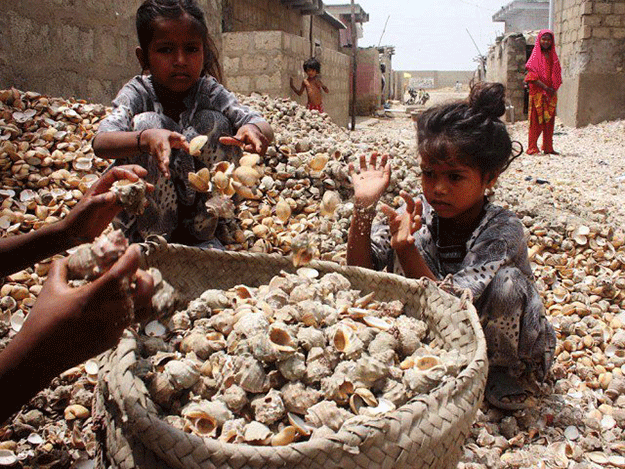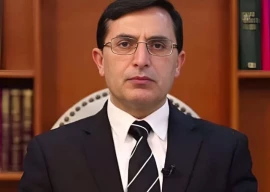
The study was conducted with the collaboration of the Children’s Complaints office of Federal Ombudsman of Pakistan, Islamabad.
The situation of children in Sindh is no better than what is found in the rest of the country. The province is nowhere close to attaining the Millennium Development Goals, although it is the economic hub of Pakistan, the study said.

The disparity in social indicators, between urban and rural Sindh, is immense and the literacy rates, although higher when compared to other provinces, are no indication that Sindh is faring any better. It is mainly due to Karachi that figures appear comparably better.
The situation in Sindh does not bode well for children who are the worst off in any case. All their rights are compromised, as manifested in both urban and rural areas, in regard to their education, health care, recreation, safety and security, and they are pushed into child labour, anti-social activities, and crime.
Juvenile justice system
According to the study there were 318 juvenile offenders in Sindh jails; 40 convicted and 288 under trial. Juvenile offenders are kept in Youthful Offenders Industrial Schools (YOIS) or in Remand Homes unlike other provinces except Punjab, where they are kept in adult jails. But for children in Pakistan, all of these arrangements pose hazards.
Living conditions
Living conditions of YOIS Karachi are better than other Youthful Offenders Industrial Schools in the province, but children are still treated as adult criminals by the legal system. The juvenile justice system is not being implemented in letter and spirit.
Debt bondage
According to the study, child labour is widespread in Sindh and, especially, in major cities such as Karachi, Hyderabad and Sukkur. Debt bondage is one of the worst forms of child labour. Children, particularly female, are virtually slaves of the landowner and exposed to all types of sexual, physical, and emotional abuse.
Child sexual abuse
According to Sahil, a non-profit organisation that has been working for the last 20 years on child protection especially against child sexual abuse, 358 cases (16%) of sexual abuse were reported from Sindh in 2010, with the highest number of cases from Karachi.
Street children
No survey has yet been made to gauge the exact number of street children in Sindh, but rough estimates put the figure at 10,000 in Karachi. The minister for Social Welfare admitted to the figure of 7,000 in her interview with the media.
Child beggars
According to child rights activist, Salam Dharejo, who carried out a research in Karachi in 2009, child begging is not only a consequence of poverty but, being an easy way of getting money, parents persuade children by force or by trick to adopt begging. In urban areas and particularly, in the big cities, such as Karachi, Hyderabad and Sukkur, children are trained by their parents and mafias to earn money.
Abduction
There has been a sharp surge in child abduction throughout the country, with the highest number of cases reported from Karachi, according to the Child Rights Legal Centre (CRLC). Abduction of children stood out as one of the new trends in child rights violation in Pakistan.
Children are kidnapped for ransom or for sexual exploitation and some children have been killed after being kidnapped.
Child labour
A survey carried out by Thardeep Rural Development Programme (TRDP) in 2007, in Tharparkar, Dadu, Umerkot, and Jamshoro, revealed that 55% children were working; 68% male and 32% female. In Thar, 27% boys were employed in livestock, cattle grazing, rearing, etc, while 56% girls were employed as child domestic labourers in all districts, with the highest number in Jamshoro.
Published in The Express Tribune, April 24th, 2015.

















COMMENTS (3)
Comments are moderated and generally will be posted if they are on-topic and not abusive.
For more information, please see our Comments FAQ